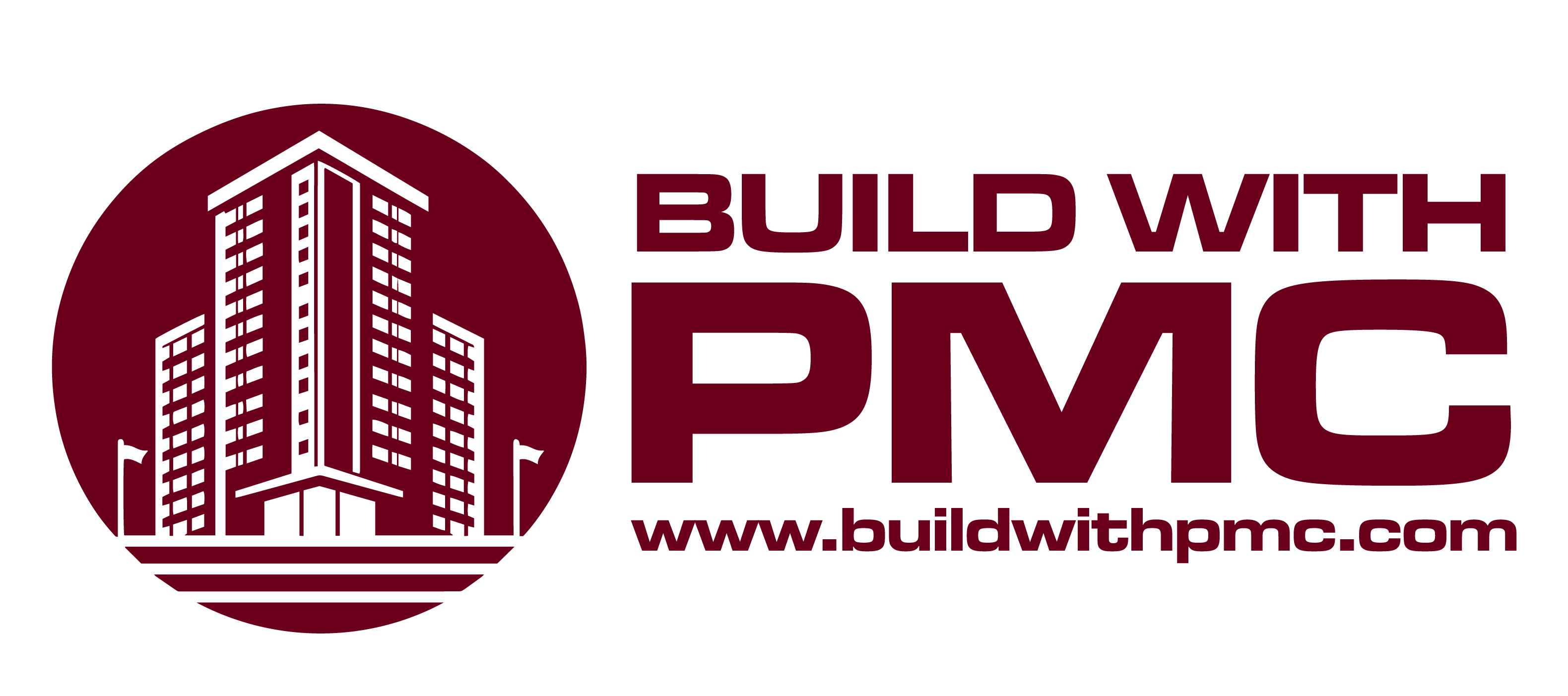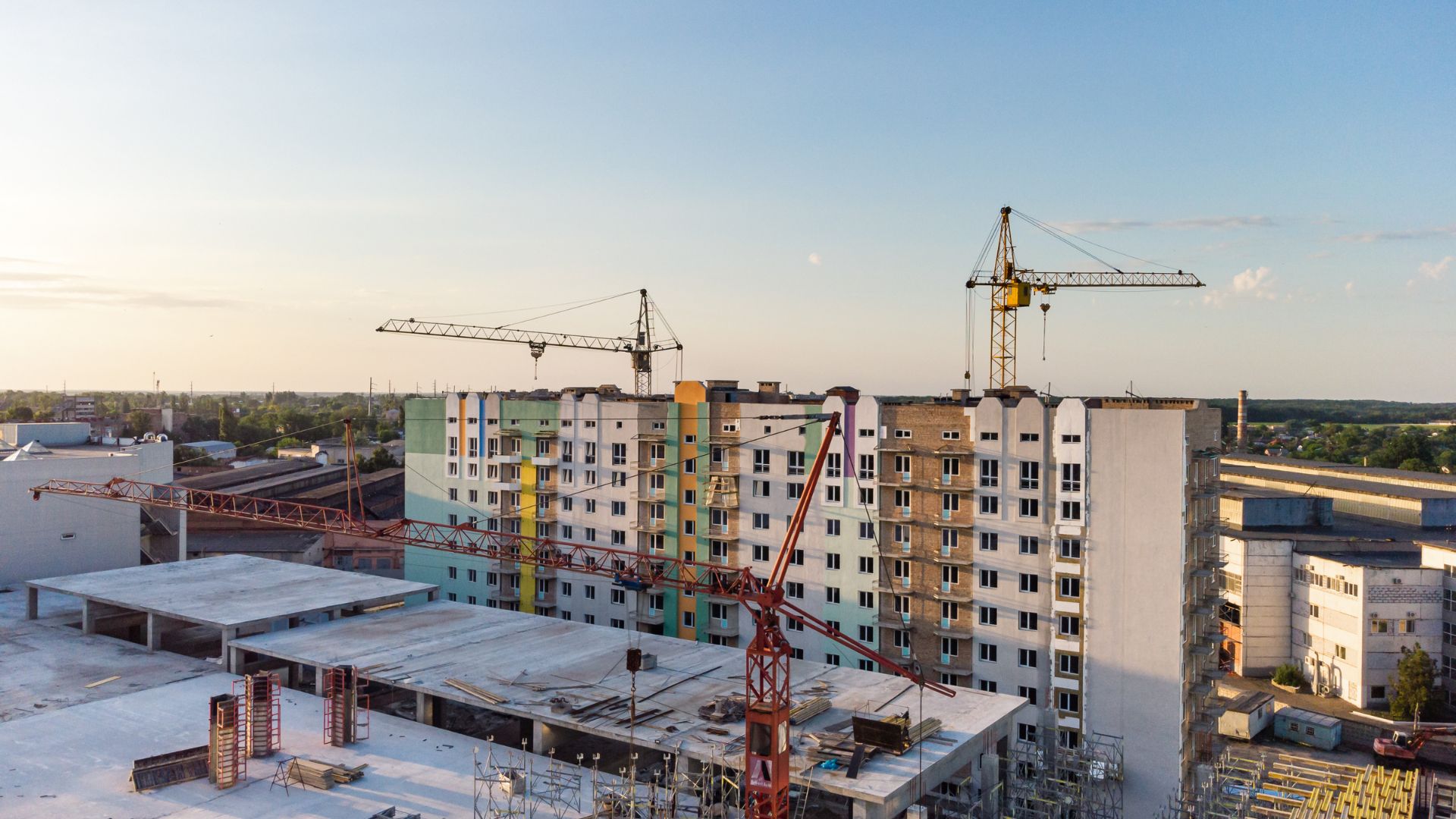The forefront of construction innovation with PMC INC’s Structural Steel Solutions. Renowned for excellence, PMC INC delivers cutting-edge steel solutions tailored to meet diverse construction needs. With a commitment to quality craftsmanship and precision engineering, we elevate structures to new heights of durability and efficiency. Our expertise spans a myriad of industries, from commercial complexes to industrial facilities, ensuring every project is executed with finesse and reliability. Join us in shaping the skyline of tomorrow, where every beam and pillar stands as a testament to our unwavering dedication to building excellence.
Advantages of Structural Steel in Construction

Structural steel stands as one of the most versatile and widely-used materials in modern construction, offering a myriad of advantages that contribute to its popularity and effectiveness in a variety of building projects.
Here, we delve into the numerous benefits that structural steel brings to the construction industry:
- Strength and Durability: Structural steel possesses exceptional strength-to-weight ratio, making it significantly stronger than other commonly used construction materials such as wood or concrete. This inherent strength allows for the creation of larger, more open spaces without the need for excessive supporting columns or walls
- Design Flexibility: One of the key advantages of structural steel is its unparalleled design flexibility. Steel can be easily customized and fabricated into virtually any shape or size, allowing architects and engineers the freedom to realize even the most complex and ambitious designs.
- Speed of Construction: Time is often a critical factor in construction projects, and structural steel offers a significant advantage in terms of speed of construction. Steel components are typically prefabricated off-site under controlled conditions, allowing for simultaneous site preparation and fabrication. Once delivered to the construction site, steel structures can be quickly assembled and erected, reducing construction timelines and accelerating project completion.
- Sustainability: In an era increasingly focused on sustainability and environmental responsibility, structural steel emerges as an eco-friendly construction material. Steel is highly recyclable, with a significant portion of the world’s steel supply being made from recycled materials.
- Cost-Effectiveness: Despite its many advantages, structural steel remains a cost-effective solution for construction projects. While initial material costs may be higher than some alternatives, steel’s strength, durability, and ease of construction often result in overall cost savings throughout the project lifecycle.
- Safety: Safety is paramount in construction, and structural steel offers several safety advantages over other materials. Steel structures are engineered to meet stringent safety standards and codes, ensuring structural integrity and reliability under various conditions.
The advantages of structural steel in construction are vast and diverse, encompassing strength, durability, design flexibility, speed of construction, sustainability, cost-effectiveness, and safety. As a result, structural steel continues to be a preferred choice for a wide range of building projects, from commercial and residential developments to industrial facilities and infrastructure.
Innovative Solutions for Structural Challenges
Avanced Materials and Composites

In response to the demand for lighter yet stronger building materials, researchers and engineers are developing advanced materials and composites that offer superior performance characteristics. These materials, such as carbon fiber reinforced polymers (CFRP) and high-performance concrete, provide enhanced structural strength, durability, and resistance to environmental factors.
Parametric Design and Computational Modeling
Parametric design and computational modeling have revolutionized the way architects and engineers approach structural design. By harnessing the power of algorithms and advanced software, designers can explore countless design iterations and optimize structures for efficiency, performance, and aesthetics. These tools enable the creation of complex geometries and structural systems that maximize strength while minimizing material usage, resulting in more sustainable and cost-effective solutions.
Modular Construction and Prefabrication
Modular construction and prefabrication techniques offer a streamlined approach to building, allowing for the off-site fabrication of building components in controlled factory conditions. Prefabricated elements, such as steel frames, concrete panels, and modular units, can be assembled quickly and efficiently on-site, reducing construction timelines and minimizing waste.
Seismic Retrofitting and Resilient Design

In earthquake-prone regions, seismic retrofitting and resilient design strategies are essential for enhancing structural safety and mitigating the impact of seismic events. Innovative retrofitting techniques, such as base isolation systems and supplemental damping devices, can be applied to existing structures to improve their seismic performance and protect occupants.
Smart Structures and Sensor Technologies
The emergence of smart structures and sensor technologies is revolutionizing the way we monitor and maintain the health of buildings and infrastructure. By embedding sensors and actuators into structural components, engineers can collect real-time data on factors such as stress, strain, temperature, and vibration. This data allows for early detection of structural issues and enables proactive maintenance strategies, prolonging the lifespan of structures and enhancing overall safety and performance.
Biophilic Design and Sustainable Practices
Biophilic design principles integrate elements of nature into the built environment, promoting occupant well-being and environmental sustainability. By incorporating natural materials, green spaces, and daylighting strategies, architects can create healthier and more sustainable buildings that enhance productivity, creativity, and overall quality of life.
Future Trends in Structural Steel Solutions

As technology advances and societal needs evolve, the field of structural steel solutions is poised to undergo significant transformation.
Here, we delve into the emerging trends that are expected to shape the future of structural steel construction:
- Advanced Materials and Nanotechnology: The development of advanced materials and nanotechnology holds great promise for the future of structural steel. Nanomaterials, such as carbon nanotubes and graphene, offer unprecedented strength-to-weight ratios and superior mechanical properties, paving the way for lighter, stronger, and more resilient steel structures. These materials also have the potential to enhance corrosion resistance and durability, further extending the lifespan of steel components in harsh environments.
- Digital Fabrication and Additive Manufacturing: Digital fabrication technologies, including additive manufacturing (3D printing), are revolutionizing the way steel structures are designed and fabricated. By leveraging computer-aided design (CAD) software and robotic manufacturing processes, engineers can create highly complex and customized steel components with unprecedented precision and efficiency.
- Integrated Design and Building Information Modeling (BIM): Integrated design approaches and Building Information Modeling (BIM) are becoming increasingly prevalent in the construction industry, enabling multidisciplinary collaboration and streamlined project delivery. By integrating structural engineering, architecture, and construction management into a unified digital platform, BIM facilitates the visualization, coordination, and optimization of steel structures throughout the project lifecycle.
- Sustainable Design and Circular Economy Principles: With growing concerns about environmental sustainability, the future of structural steel solutions will prioritize sustainable design principles and circular economy practices. Engineers and architects will seek to minimize the environmental footprint of steel structures by optimizing material usage, reducing waste, and incorporating recycled and renewable materials into construction projects.
- Smart Structures and Internet of Things (IoT) Integration: The integration of smart sensors, actuators, and IoT technologies into steel structures will enable real-time monitoring, predictive maintenance, and adaptive control systems. By embedding sensors into structural components, engineers can collect data on structural health, environmental conditions, and occupancy patterns, allowing for proactive maintenance and optimization of steel structures.
The future of structural steel solutions is characterized by innovation, sustainability, and integration of digital technologies. By embracing advanced materials, digital fabrication, integrated design approaches, and sustainable practices, engineers and architects can unlock new possibilities and redefine the way we design, construct, and inhabit steel structures in the years to come.
PMC INC Pioneering Building Excellence
Legacy of Innovation
PMC INC has built a reputation as an industry pioneer, consistently introducing innovative solutions to overcome construction challenges and achieve exceptional results. From groundbreaking designs to cutting-edge technologies, PMC INC’s legacy of innovation is evident in every project it undertakes.
Commitment to Quality
Quality is at the forefront of PMC INC’s mission, driving every aspect of its operations. From initial planning stages to project completion, PMC INC maintains rigorous standards of excellence, ensuring that every detail is meticulously executed to deliver superior outcomes.
Skilled and Passionate Team
PMC INC’s success is fueled by its dedicated team of professionals who are passionate about their craft and committed to exceeding client expectations. With diverse expertise and a collaborative spirit, PMC INC’s team brings creativity, expertise, and enthusiasm to every project.
Client-Centric Approach
PMC INC prioritizes client satisfaction above all else, forging strong partnerships based on trust, transparency, and open communication. By understanding each client’s unique needs and goals, PMC INC delivers tailored solutions that meet and exceed expectations, fostering long-term relationships built on mutual respect and shared success.
Sustainability and Social Responsibility
PMC INC is committed to sustainability and social responsibility, integrating environmentally friendly practices and supporting local communities in its projects. By prioritizing sustainable design, energy efficiency, and community engagement, PMC INC not only minimizes its environmental footprint but also creates lasting positive impacts in the communities it serves.
Continuous Improvement
MC INC embraces a culture of continuous improvement, constantly seeking new ways to enhance efficiency, optimize processes, and stay at the forefront of industry trends. Through ongoing learning, innovation, and adaptation, PMC INC ensures that it remains a leader in building excellence, driving positive change in the construction industry.
Conclusion
PMC INC stands as a beacon of excellence in providing structural steel solutions, particularly in the realm of process piping. Based in Encinitas, CA, their commitment to quality craftsmanship and customer satisfaction is evident in every project they undertake. With a dedication to innovation and precision, PMC INC sets the standard for excellence in the industry. Whether it’s constructing intricate pipelines or tackling large-scale projects, their expertise shines through. For those seeking top-tier structural steel solutions, PMC INC is the trusted partner you can rely on to build with integrity and precision. Contact them today at 562-905-3101 to bring your vision to life.




